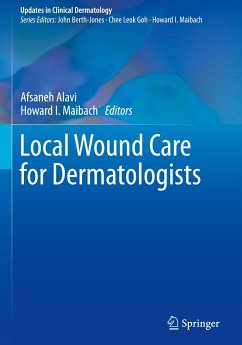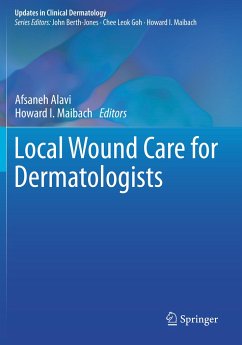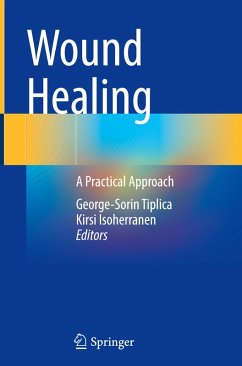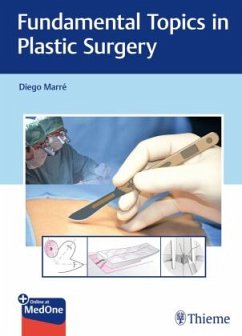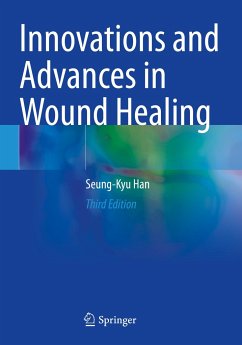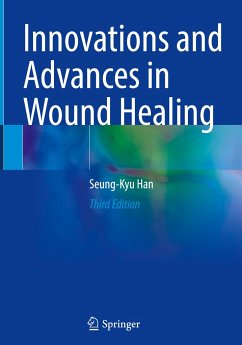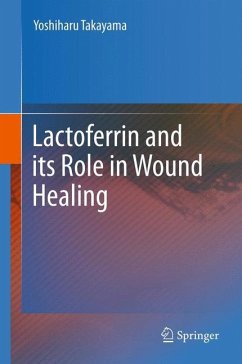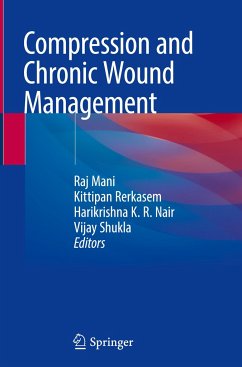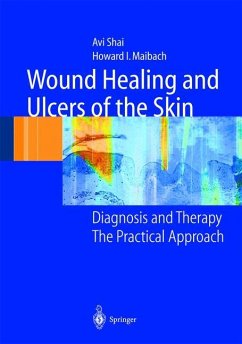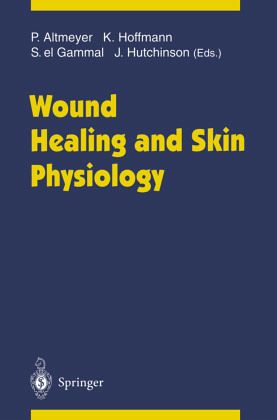
Wound Healing and Skin Physiology

PAYBACK Punkte
39 °P sammeln!
On the occasion of the European Congress on Wound Healing and Skin Physiology (Bochum, Germany, November 1992), an international team of scientists and clinicians discussed the core topics in this important field of dermatological and surgical research.
Themes include morphology and physiology, microcirculation and angiogenesis, biochemistry and immunology, microbiology and wound infection, non-invasive measurement techniques, wound repair, surgical treatment, dressings, and agents that promote wound healing.
Themes include morphology and physiology, microcirculation and angiogenesis, biochemistry and immunology, microbiology and wound infection, non-invasive measurement techniques, wound repair, surgical treatment, dressings, and agents that promote wound healing.





